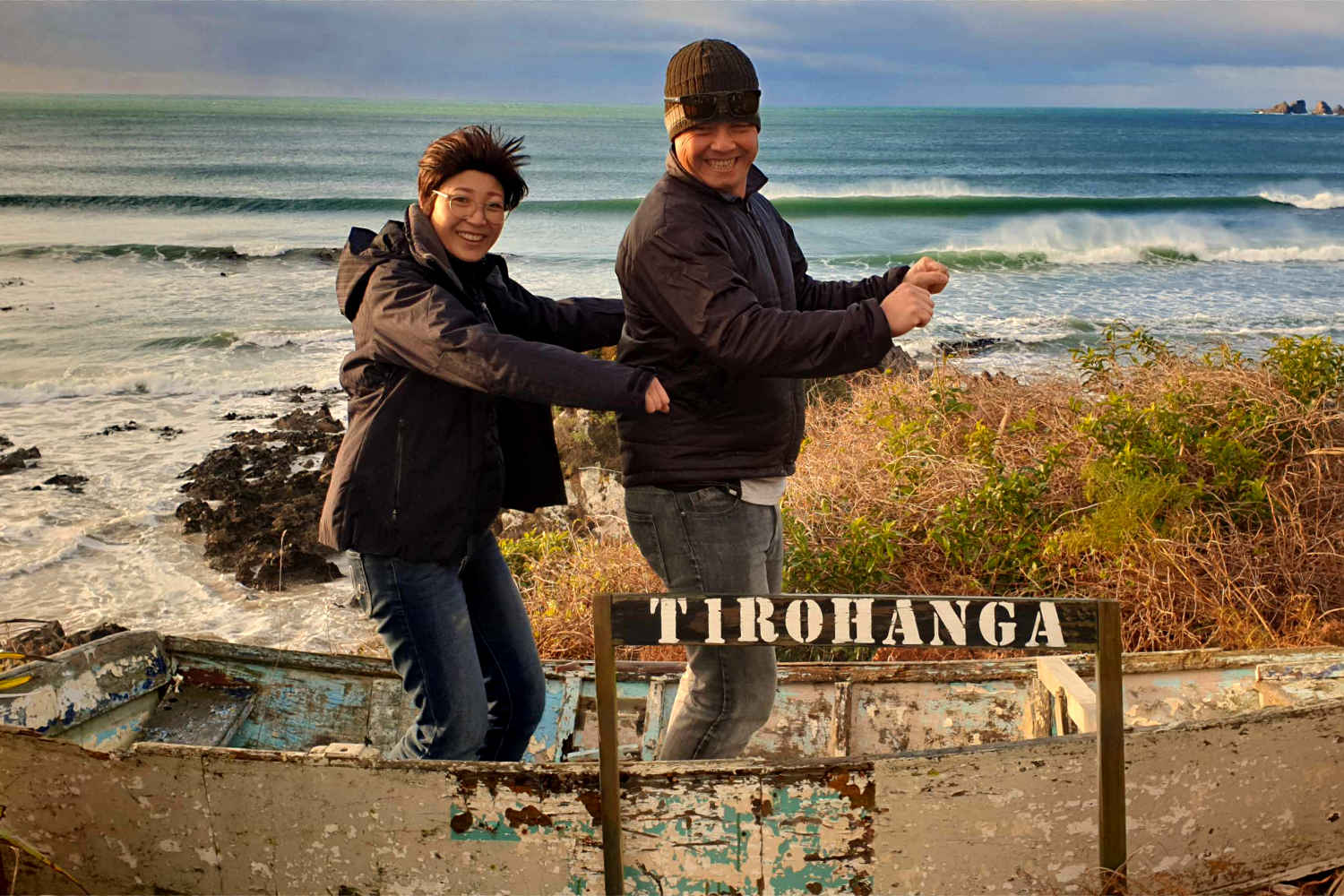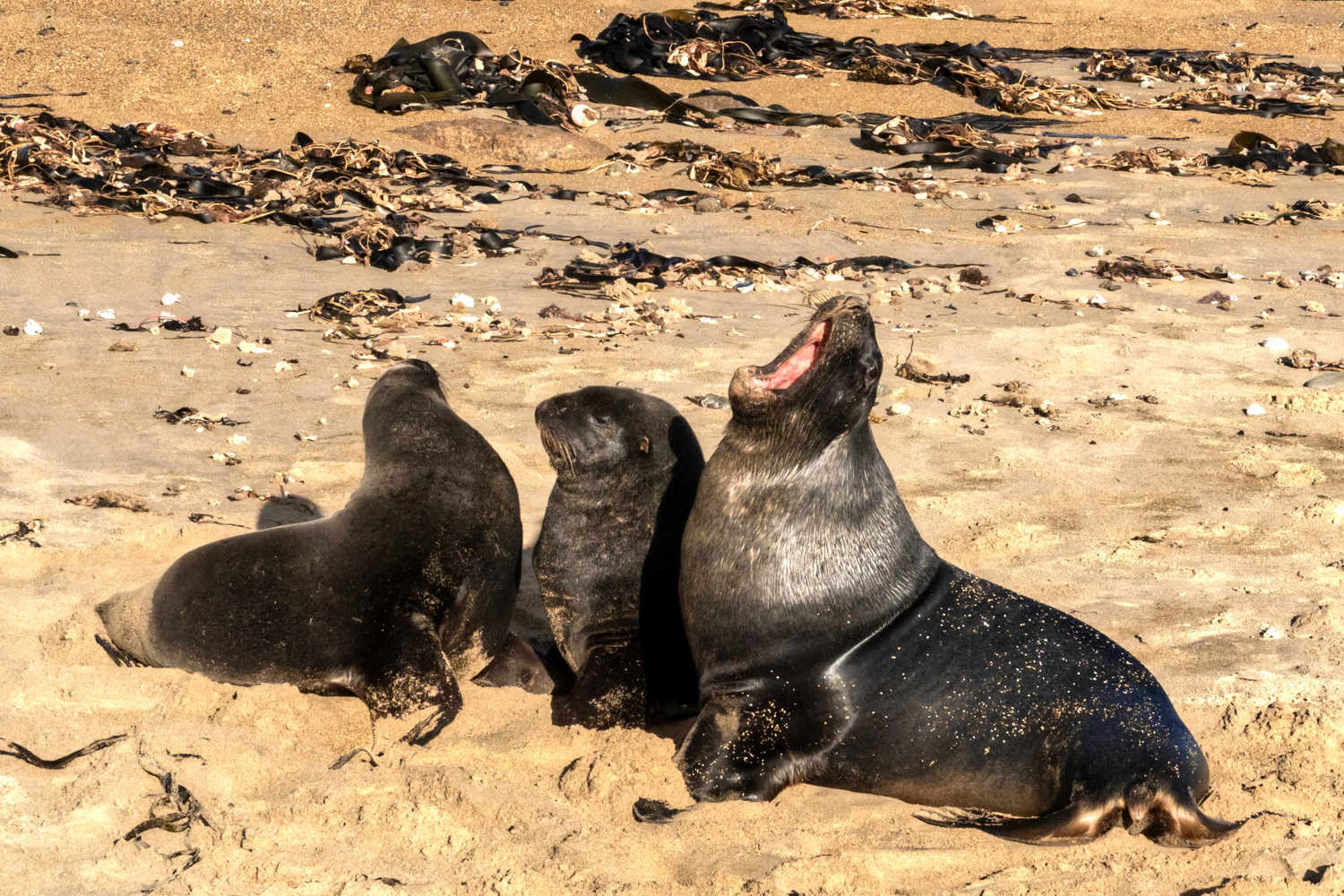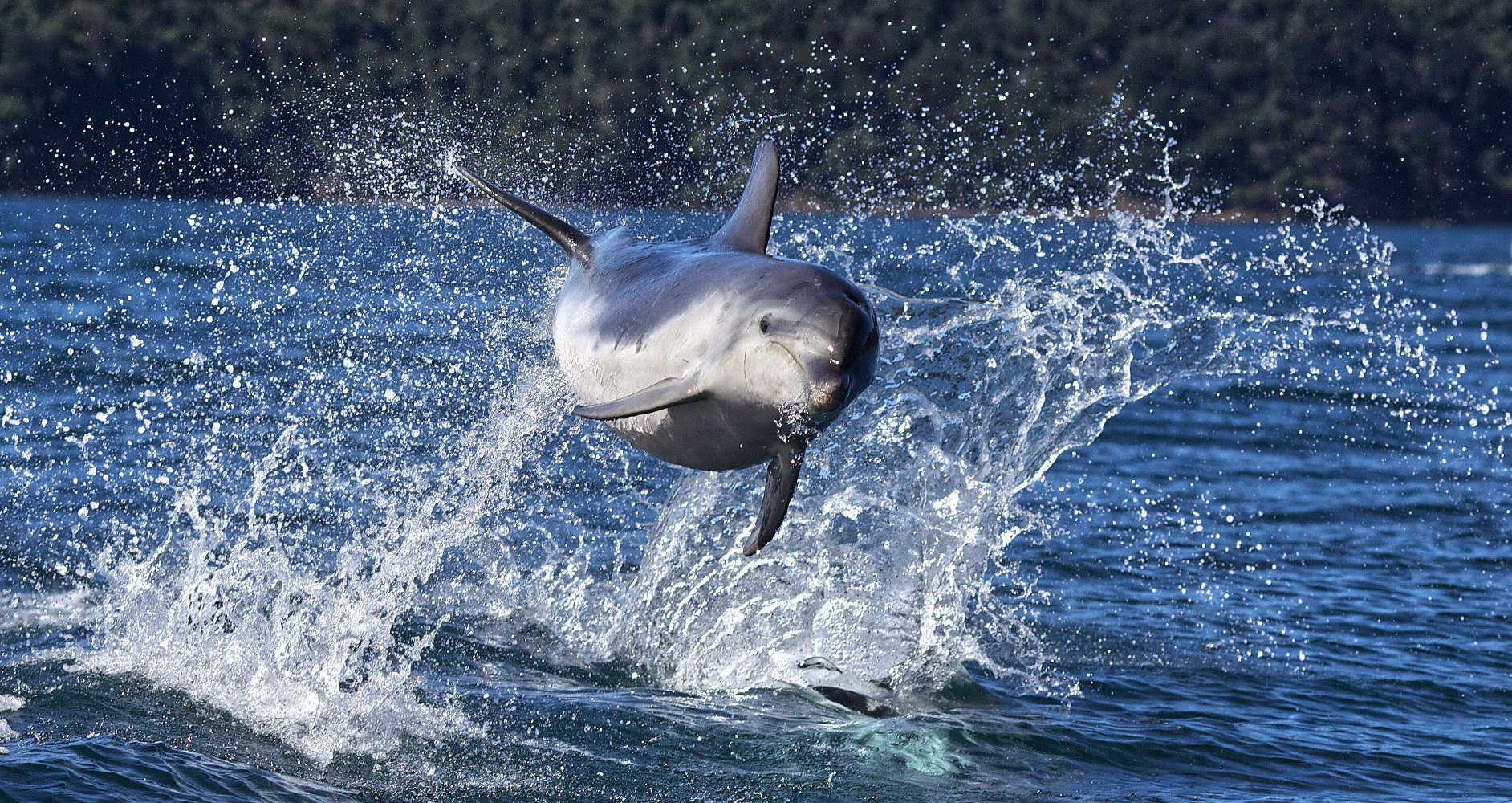- info@nzjane.com
- Auckland, New Zealand
 Kaka Point lookout
Kaka Point lookout
A reserve to protect 10% of the mainland population was set up in 2007 at Long Point near Owaka in the Catlins. Roaring Bay Hide next to Nugget Point is another place you can spot the Yellow Eyed Penguins.The Yellow Eyed Penguin known as a ‘Hoiho’ in Maori is so iconic that it features on the New Zealand $5 dollar note.
Interesting facts

Sea Lions (Hooker’s Sea Lion or Whakahao)
New Zealand sea lions are the most endangered and threatened in The World.
Hector’s Dolphins

TIP
WATERFALL FANS
Consult Ten waterfalls & caves of The Catlins, what to see, guide: NZ Jane to customise your proposed road trip.
TIP
Interested in the outdoors and nature walks with family, friends and kids check here 11 family walks & birding hot spots of The Catlins, guide: NZ Jane for details.
The Catlins are worth the journey.


Your enquiry has been successfully sent. We will contact your shortly.

You will get your insider discount checklist shortly.